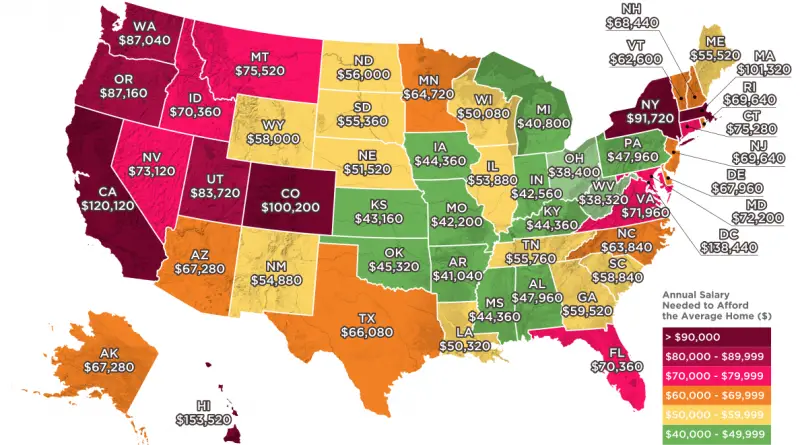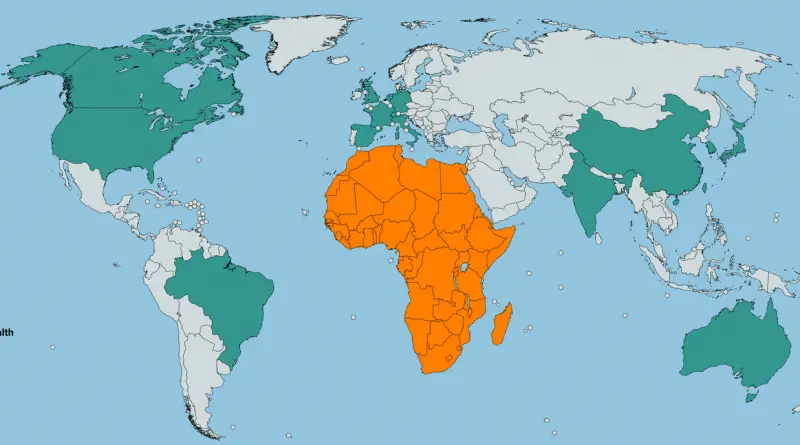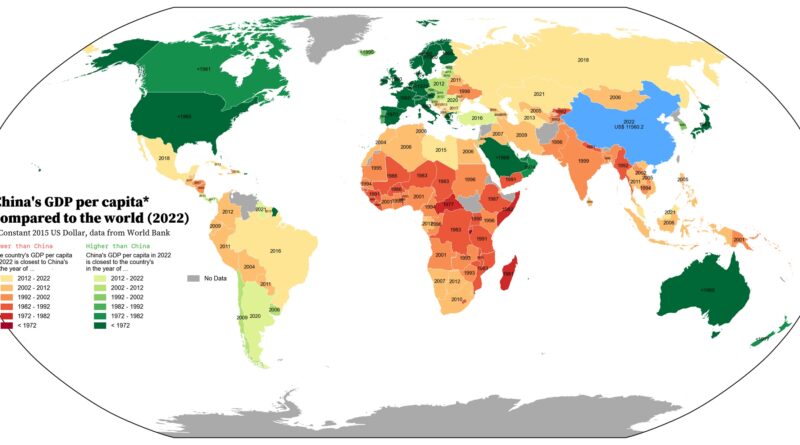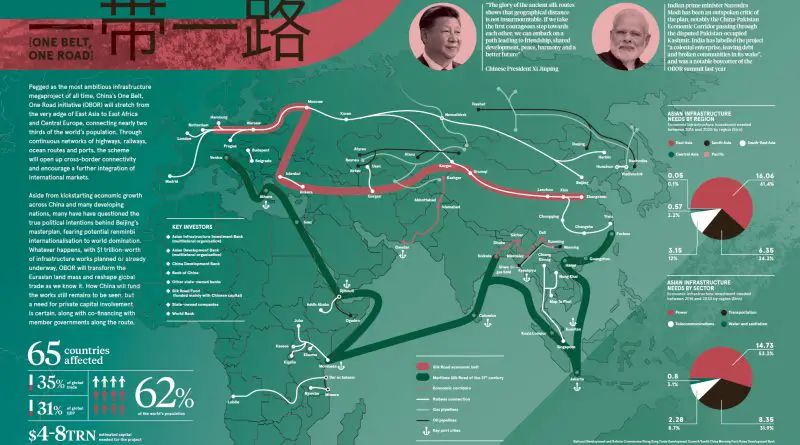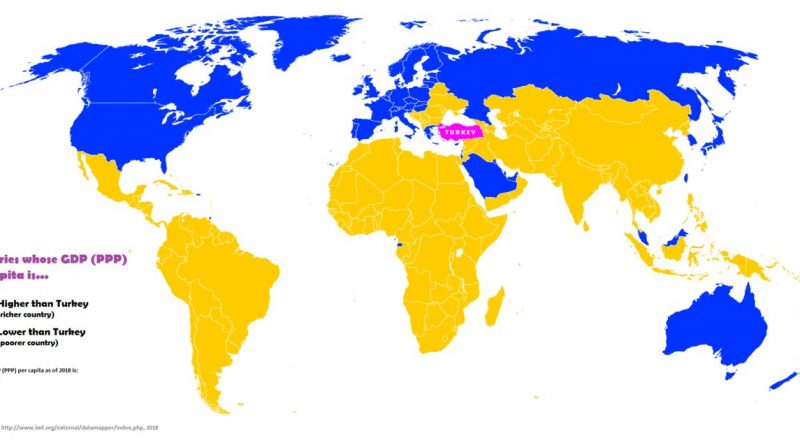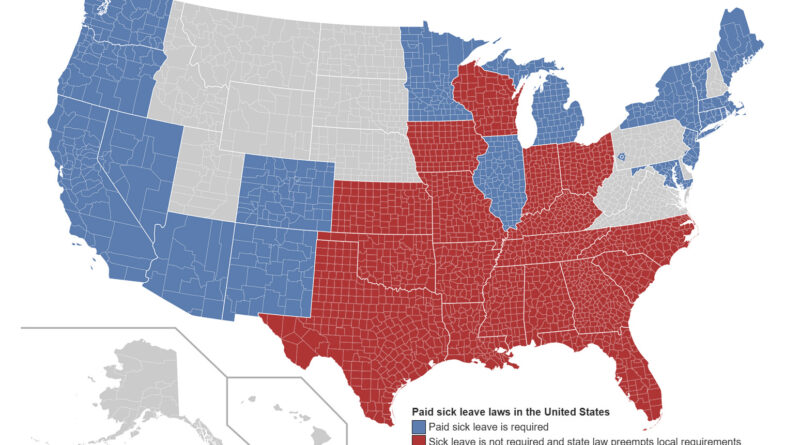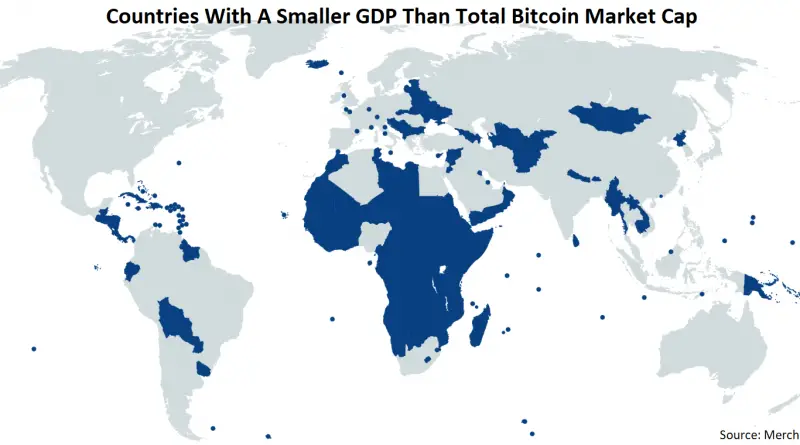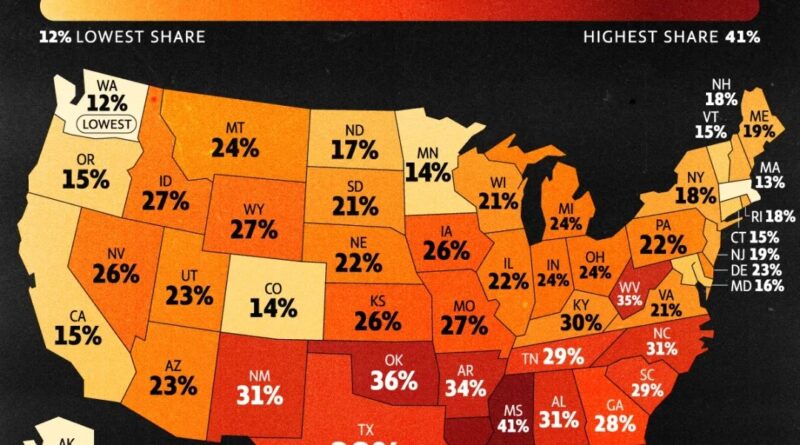The salary you need to afford the average home in your U.S. state
Home prices are soaring, but how much do you really need to afford a house in your state? See the salary requirements based on 2018 data and how affordability has shifted over time.
Read More
